Using Drama Series in the English Language Classroom: Practical Tips – Part 1
Mia Tarau
Introduction
Recognition of the benefits of using drama techniques in the language classroom dates at least to the 1950s (e.g., Gatenby 1951). Drawing on the third edition of Maley and Duff’s book (2005), this first post in our new blog series uses short extracts from two episodes of the Chasing Time English drama series Skippers Pass to introduce some practical tips on working with the voice in the language classroom. All series are accessible through our platform: https://chasingtimeenglish.com/teachers
Theoretical principles behind the benefits of recognizing accents in the target language
‘The human voice is […] a badge of identity’ (Maley and Duff, 2005, p. 69), and partially displayed through accent. Relatedly, we know that students’ listening comprehension is heightened in a language-testing setting when the voices used have familiar accents (White et al., 2016), yet this is often overlooked in language test design, negatively impacting learners. Key to developing a broader competency is becoming familiar with a wider variety of accents and the recurrent sound patterns they generate. While English language textbooks and programmes typically focus on either a standard North American or standard British English accent, the Chasing Time English series’ draw on a variety of ‘native and non-native’ speaker varieties of English to acknowledge the diversity that learners will be exposed to online and in their studies/travels. In the series to date, in addition to North American and British accents, we have included accents from New Zealand, Australia, South Africa, India, Brazil, China, Kenya and Japan.
Adapting some suggestions from Chapter 4 of Maley and Duff’s book (2005), which focuses on working with the voice, and utilizing two extracts from one of our Chasing Time English original drama series, I will next suggest some practical steps to help raise students’ awareness of accents and of their links with two different identities in particular: Kiwi (Aotearoa New Zealand-based), and Standard North American.
Practical tips for building student awareness of accents based on Skippers Pass, Episode 2 + Episode 3
Pre-class activity (Maley & Duff, 2005)
Encourage students to find short clips (reels, TikToks) of some of their favourite English voices and bring them to class.
In-class activity 1 – Pre-listening/watching Skippers Pass:
a. In groups, students share their videos/recordings, discussing WHY they like those voices.
b. Each group then draws up a list of all the different ACCENTS that they can identify in their videos (if students don’t yet know this concept, they can work with ‘different-sounding voices’).
c. Using screenshots from the series, the teacher then introduces the three characters using three labels: boy to identify the male character in black; girl to identify Emma, the female character; and man, to identify the American-sounding male character.
In-class activity 2: Watching/listening to Skippers Pass:
Students then watch the two extracts from our Chasing Time English Skippers Pass series.
Episode 2 video clip:
Episode 3 video clip:
a. As they watch, they are to identify the NUMBER of different voices (accents) that they can hear (two different accents).
b. Students watch/listen again and group together the three characters into TWO GROUPS, based on their accents. Students should now have two categories: Accent A (boy and girl), and Accent B (man).
c. Students try to guess what the two categories are (they will likely easily identify the North American accent, but they may have trouble picking out the New Zealand accent; if so, the teacher can offer some options, including New Zealand)
d. This can be followed by a vocabulary activity designed by the teacher, contrasting sounds and pairs of sounds that ‘sound’ different in New Zealand and North American English.
Example from the suggested Skippers Pass extracts:
1. Episode 2 – 01:04 to 01:05 – American ‘NO’ versus
Episode 2 – 01:06 to 01:09 – New Zealand ‘NO’
2. Episode 3 – 01:03 to 01:05 - New Zealand ‘r’ sound in WHO ARE YOU? versus
Episode 3 - 01:06 to 01:08: American ‘r’ sound in ‘DRINK OF WATER’
Concluding thoughts
While this is a simple suggestion for starting to introduce accent work into the English language classroom without this post intending to be a full lesson plan, teachers, remember: time permitting, expose your students to as many varieties of English as possible, either during class time or by suggesting resources that they can draw on in their free time. This awareness will help them thrive when travelling the world – which they inevitably will, whether in person or virtually!
References
Gatenby, E. V. (1951). The training of language teachers. ELT Journal, 5(8), 199–207.
Maley, A., & Duff, A. (2005). Drama techniques: A resource book of communication activities for language teachers (3rd ed.). Cambridge University Press. DOI: https://doi.org/10.1017/CBO9780511733079
White, A. R., Treenate, D., Kiatgungwalgrai, A., Somnuk, R., & Chaloemchatvarakorn, K. (2016). The effects of accent familiarity on English as a Foreign Language students’ word recognition and comprehension of the English language. Research Journal, Rajamangala University of Technology Bangkok, 10(2), 21-30.
